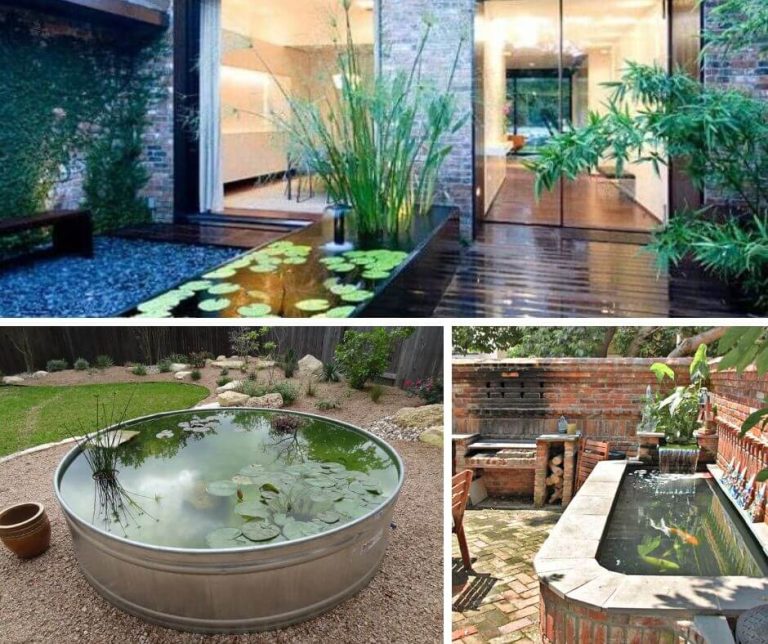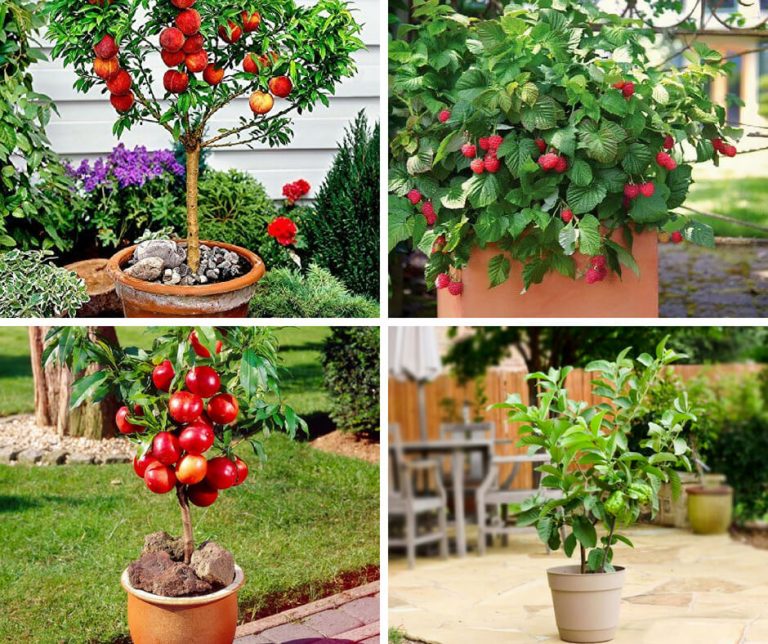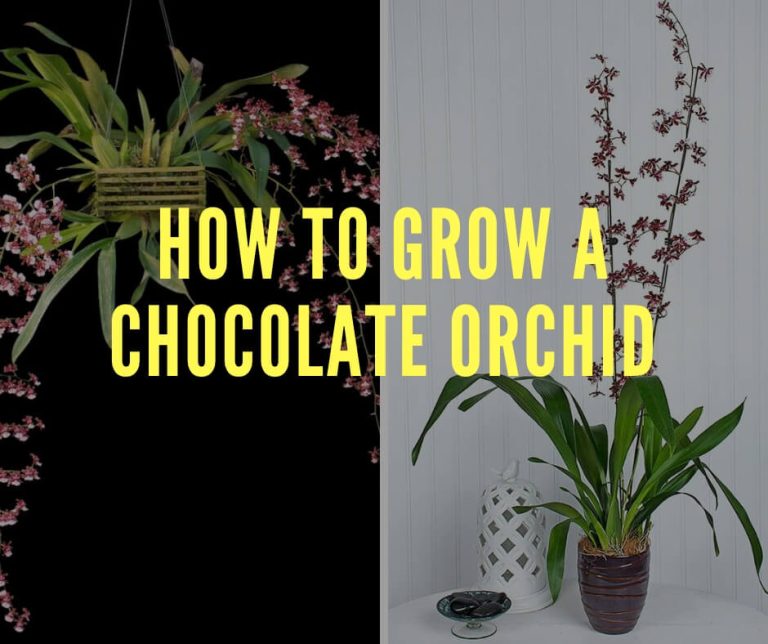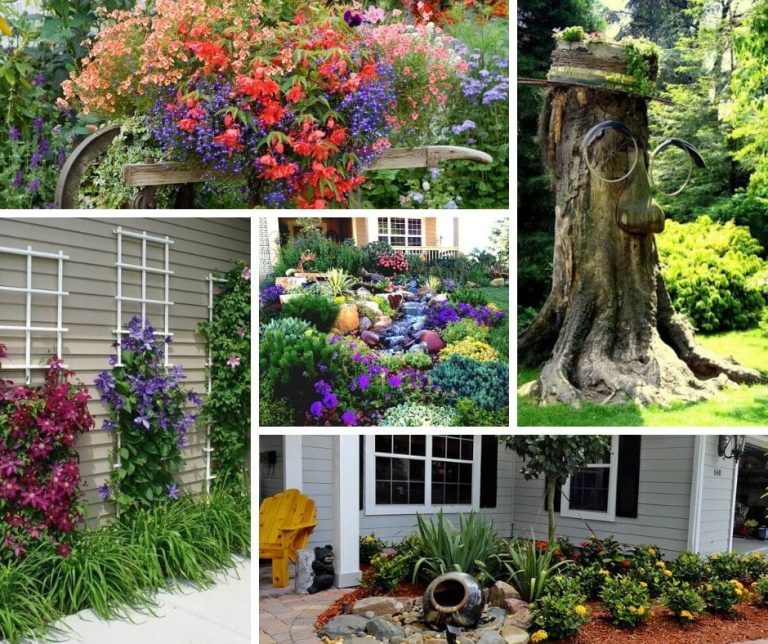Vegetable Garden – What Factors Can Help You Select the Best Gardening Site?
Movere! This Latin term is more often in use to mean the inability to move. It is especially apt for your plants. Location is the most crucial aspect when you plan to start your garden. Choosing to utilize the natural benefits of location can help your garden to grow better.
If you choose to consider a few key variables while planning your garden site, you can always do wonders. Any gardening method you are choosing to employ, these factors can be of great help. It can be on your balcony or raised beds in the front yard.
Table of Contents
Exposure to Sun
Exposure to the sun is one of the most vital factors to consider when planning your vegetable or flower garden. Most vegetables need full sun to grow properly, which means a minimum of six hours of sunlight per day. Experts advise if you allow more than eight hours of sunlight it is even better for a few vegetables.
Leafy vegetables like lettuce, spinach, broccoli, and other greens can endure partial sun or shade. As a thumb rule, keep in mind the quantity and quality of your garden produce will be better in more sunlight areas.
You can refer to the weather data before selecting the crop for your garden. For example, if you are in West Lafayette, you can check the temperature in West Lafayette to understand better. In general, a cold frame or sun trap is ideal for tender crops in cooler climates.
For growing taller climbing plants, it is better to opt for a shade cloth in hot climates. Such an arrangement can help you to expand your choice of vegetables in those conditions.
Access to Water
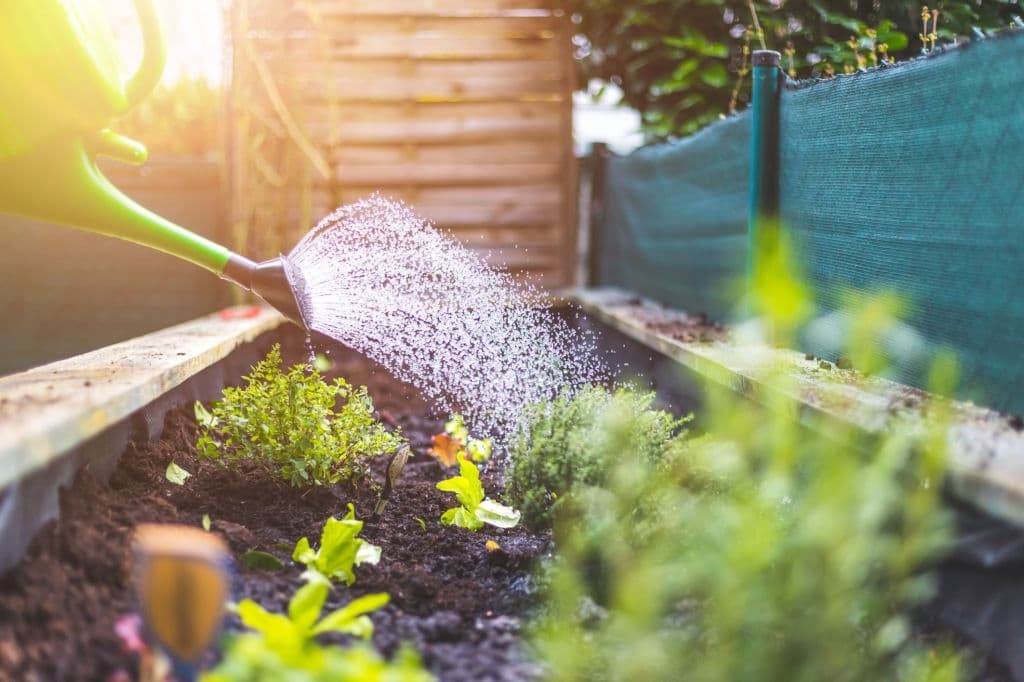
While selecting the site for your garden, make sure that water is readily available. A new gardener often gets burnt out faster when they have to carry water during a heatwave. It also means that your plants are less likely to have waterless days.
During dry spells, the presence of extra water can be especially beneficial for your garden. Therefore plan to locate your new garden bed in the vicinity of the outdoor water sources. You can choose open areas compared to the soil near fences, walls, and under the overhanging trees as they tend to be too dry.
It is worth mentioning that you should consider water conservation as a prime aspect during the planning process.
Wind Protection
Protection against heavy winds is a crucial aspect that can help protect your garden in the long run. The plants that produce several fruits and grow upright especially need such shelter from winds. These can include beans, tomatoes, peas, peppers, climbing vegetable plants, and eggplant.
Strong winds can dry out both the soil and the plants. They can also topple extra tall plants like sunflowers and corn. Reduced growth and transpiration among plants can also take place. One of the worst damages can occur due to cold and dry winds. Such winds can sear leaves, suck moisture from plants, and lead to windburn. It ultimately leads to the destruction of both the flowers and the leaves.
Though the presence of fences or solid walls can help provide shelter, but can also create turbulence near the sheltered site. Therefore, it is always advisable not to place plants too close to such structures. Open fences and hedges are more useful as they allow wind to pass through.
Quality Soil
Loamy and rich soil is ideal for garden locations. If your shortlisted site has too thin or lousy soil, you will need a lot of work to prepare the soil before sowing.
A great way to find out the condition of your soil is to check the kind of plants that it already supports. If your garden or lawn has healthy and lush green vegetation, you can easily conclude that you have decent soil.
Loamy soil has an equal amount of silt and sand, along with very little clay. A soil with 40% silt and sand and 20% of clay can support several plants. Such a composition can support the growth of most plants.
So as you can see, there are various factors that you can consider while shortlisting the location for your garden. You should keep in mind the soil type, availability of water, temperature conditions, and the wind flow in your area. You can achieve a good garden by ensuring the right conditions that can support healthy plant growth.


